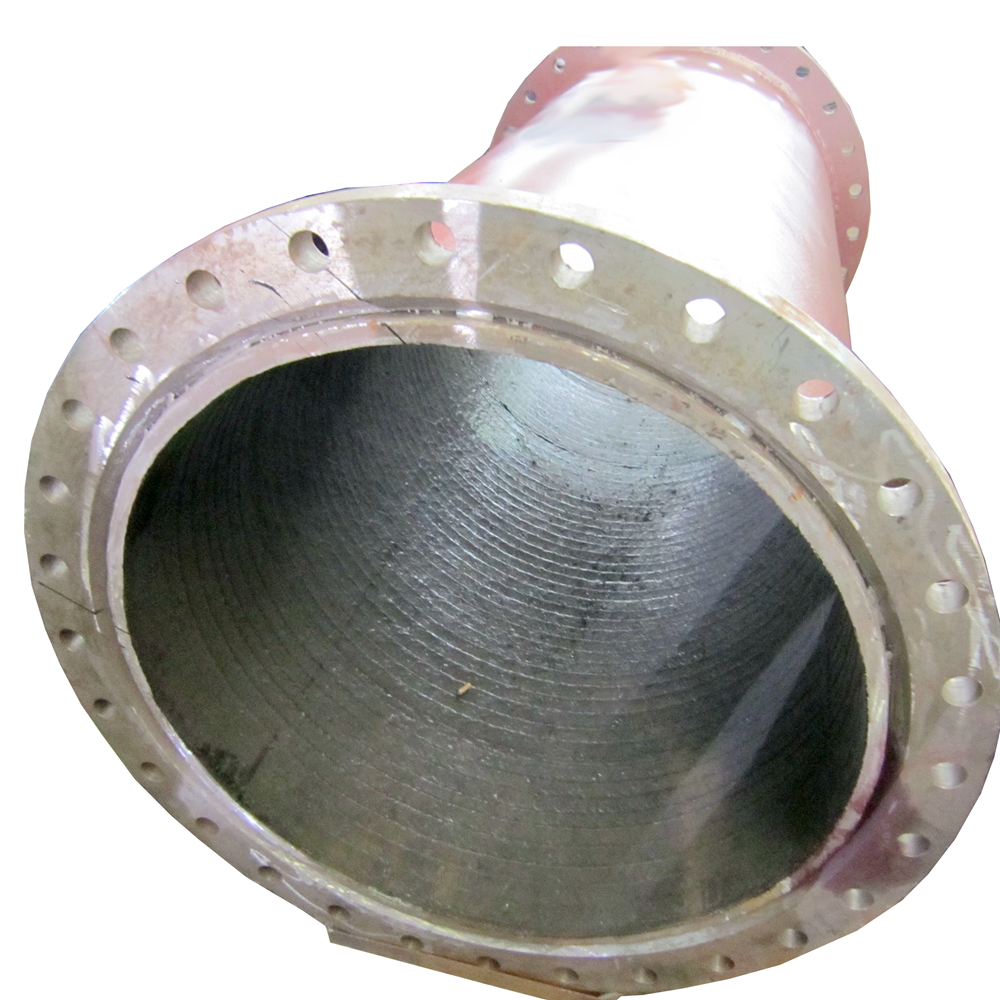From Phil Stenholm:
Another installment in the History of the Evanston Fire Department.
AFTERMATH
About a month after the Boltwood School fire, at 6:30 PM on Monday, February 7, 1927, Engine Company 2 and Truck Company 1 responded to a fire at Lee Drugs located at 901 Chicago Avenue. Upon arrival, they encountered a significant working fire. Chief Hofstetter ordered a second alarm, and Engine Company 1, Truck Company 2, and CFIP Patrol No. 8 were dispatched. Engine Company 3 temporarily moved to Station #1.
The off-duty platoon was called in to staff the reserve Robinson Jumbo pumper and assist those on the scene. The EFD companies fought the fire through the freezing night and into the next morning. Despite their efforts, the drug store was completely destroyed, suffering a loss of $50,397—making it the fifth-largest fire loss in Evanston’s history up to that point.
On April 5, 1927, following the Boltwood School and Lee Drugs fires, Evanston voters overwhelmingly approved a $75,000 bond issue to build a fourth fire station near Dempster and Dodge, as well as purchase two 1,000-GPM triple-combination pumpers, a new “auto-buggy†for the chief, a high-pressure turret nozzle, and additional large-diameter hoses.
The bond also authorized hiring 20 new firefighters in 1927, with three more in 1928. This would increase EFD membership from 61 to 84—a 38% rise. The chief would work regular hours at Station #1 but be on call otherwise, while the new fire prevention inspector would work business hours. Each platoon would have 41 men, with a minimum of 34 on duty if one crew was short, which was common due to vacations, sick leave, or overtime.
A 1925 Lincoln Model "L" sedan was purchased for $2,000, replacing the 1917 Haynes touring car used by the chief for ten years. Seagrave won the contract over American-LaFrance and Ahrens-Fox, providing two 1,000-GPM triple-combination pumpers at $24,480 total ($12,240 each). By 1927, most manufacturers had switched from soda-acid tanks to booster systems.
Seagrave offered four pumper models in 1927: 300, 400, and 500-GPM "Suburbanite," 600-GPM "Special," 750 and 1,000-GPM "Standard," and the heavy-duty 1,300-GPM "Metropolite." The two Seagrave Standards bought by Evanston served for 25 years before becoming reserves.
On May 1, 1927, the City Council authorized hiring 20 new firefighters starting November 1, 1927. Engine Co. 4 was to be formed at Station #2 and later move to the new Fire Station #4, while Engine Co. 5 would be the second engine company at Station #1. Engine Co. 2 and 5 received the new Seagrave pumpers, while Engine Co. 4 used an American-LaFrance tractorized steamer and a Seagrave chemical/hose pumper previously assigned to Engine Co. 2.
The Council also approved pay raises: $25/month for the chief and assistant chief, $5/month for captains, lieutenants, and engineers, and $10/month for "Fireman I" (with at least one year of experience). The rank of "assistant motor driver" was eliminated, but "assistant engineer" remained due to the need for steam engine expertise. "Fireman II" (less than one year) did not get a raise. A new "engineer-mechanic" position was created to handle maintenance at Station #1, paid $7.50 more per month than other engineers.
On June 10, 1927, the Civil Service Board conducted entry-level and promotional exams for Fireman II, captain, lieutenant, engineer-mechanic, and motor driver-engineer. It was one of the busiest testing days ever. Excitement was high as the department prepared to expand by over a third in a single step.
Then, on Sunday afternoon, September 18, 1927, Captain J.E. Mersch of Engine Co. 1 was seriously injured when the police ambulance he was riding in was struck by a bus at Lake and Sheridan. He and two officers were en route to Greenwood Street Beach for an inhalator run. Officer Richard Guess was critically injured and permanently disabled, while Mersch suffered a broken leg and other injuries. It was feared he might never walk again. The 1916 White/Erby ambulance was destroyed, and the drowning victim died.
Wear Resistant Steel Pipe has overlayer and base material combined through metallurgy welding. It is properly diluted into base material and can be well anti impact. We use an oscillating table with a welding head to arc weld the chromium carbide into the inside of the pipe. We can handle diameters from 6" to 24" and then we manufacture pipes from our chrome-plated sheets. The cover layer is deposited perpendicular to the material flow through the pipe, resulting in a longer wear life
Typical materials for cladding in common use at HP Welding include HP700, HP700S, HP750X, HP750P and stainless steels, as well as many less common alloys.
With over 30 years of experience on the production of hardfacing products, and the technical expertise to back them up, HP Welding can meet any base material and cladding combination.
The advantages of HP Wear Resistant Steel Pipe
1. Excellent impact resistance
2. Easy to process
3. Good cost performance
4. Comprehensive quality control
HP Wear Resistant Steel Pipe can be widely applied to mining site, cement plant, metallurgical equipment, dredging and power generation and any other fields where need to combat with abrasion.


Wear Resistant Steel Pipe,Welded Steel Pipe,Drainage Wear Steel Pipe,Construct Wear Stee Pipe
HuiFeng Wear Resistant Group , https://www.hpwearsolution.com
